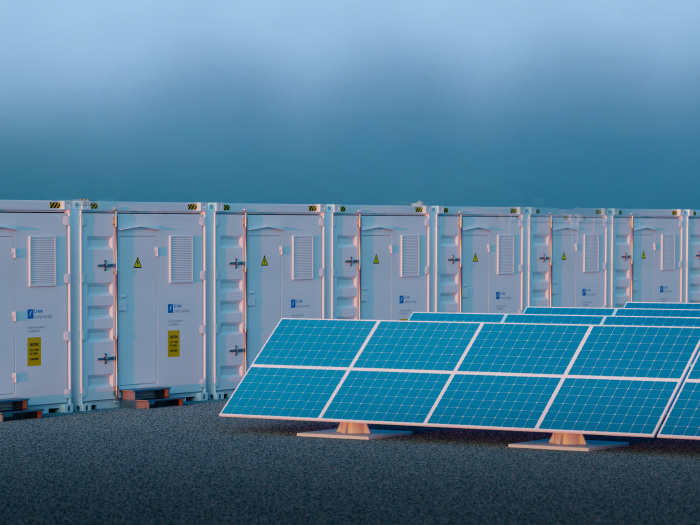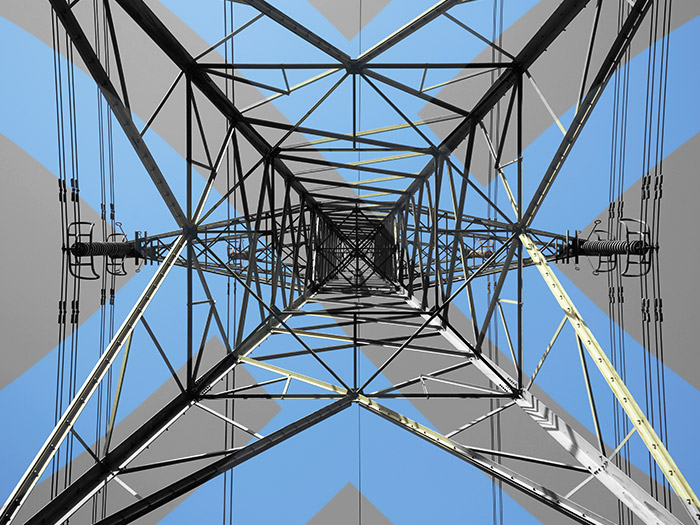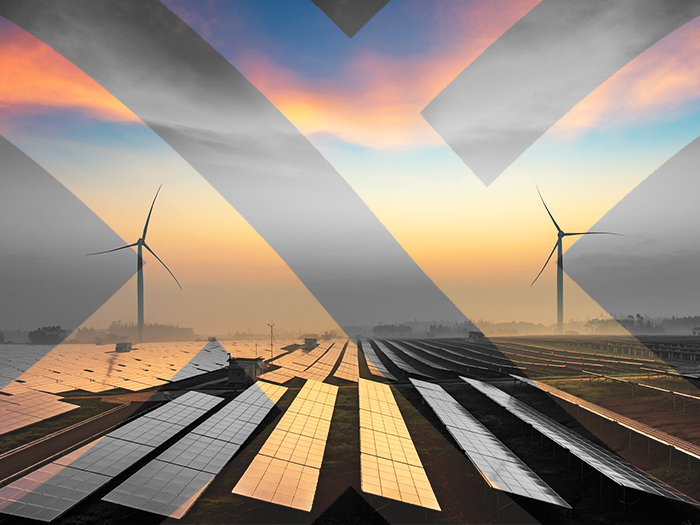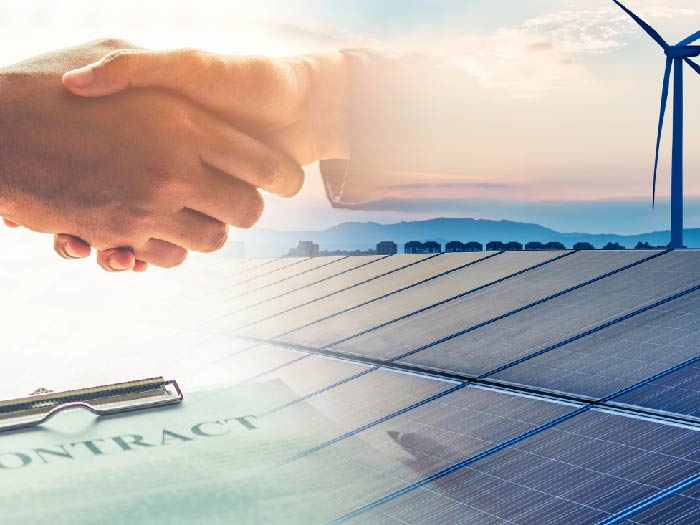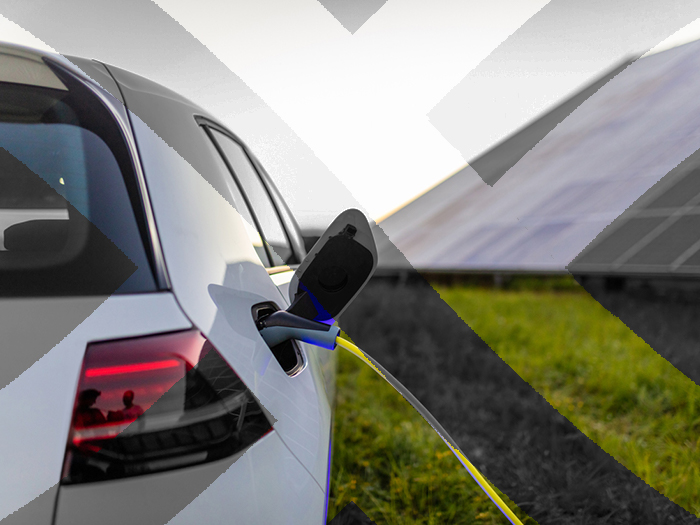News
better business decisions
Posted 6 years ago | 7 minute read
GridBeyond talk through the reasons for so many turn-down events this year, the long term solution, and managing the grey area as we transition towards the grid of the future.
The energy landscape is changing. You’ve heard this hundreds of times. It’s in our core presentation, it’s slapped across numerous industry website homepages and shoe-horned into headlines. Why? Because it’s true.
We are seeing evidence of the need for these changes right before our eyes in the form of more and more frequent turn down events.
With coal fired power plants having seen better days and reaching the end of their carbon emanating lives, they increasingly fall over.
To counter this, there are many small, highly efficient CCGT plants being introduced, replacing the large inefficient gas power stations and bolstering the renewable revolution. This distributed energy production will result in a more reliable system overall… once all plants have been built and the system is where it needs to be, that is.
In the meantime, we currently rely on gas and coal for 48% of our power. The issue with this number? There are only 9 coal power stations in the UK and a total of 52 gas power stations, each with varying annual outputs.
Now think of the amount of homes and businesses that need that power. The in-feed loss risk is enormous.
If we look at the latest available statistics, the UK electricity consumption is at 309,000,000,000 kWh per year. There are 29.54 million electricity consumers in the UK network, with an additional 100,000 added each year. In rough numbers, coal and gas power plants are therefore collectively responsible for providing power to 15,360,800 consumers, averaging out at almost 252,000 consumers per power plant.
Image source: Aurora Energy Research
And this doesn’t even scratch the surface of notre ami Français – the French Interconnector, which provides 5% of the UK’s power. Whilst the interconnector has a 98% connection rate, which is amongst the best in the world, this one connection can be responsible for up to a million and a half consumers.
So, when a large power source goes down, the Grid is in trouble. That’s where demand side response steps in.
“I thought renewables were unreliable, not carbon based power plants?”
Renewables are unreliable in terms of when they start up and how this is affected by weather conditions, but collectively once it’s on, it’s not unsteady. Whilst their individual inertia is low, the fact there are so many wind turbines/solar panels/hydro turbines means that when one breaks down, the effect on the grid frequency as a whole is minimal.
In addition to this, once the wind starts blowing/water starts flowing and turning the turbines, the momentum builds and the power is successfully generated and channelled into the grid. Likewise, when the wind stops blowing, the generation doesn’t just stop dead, it gradually slopes off, meaning that schemes such as dynamic firm frequency response can manage demand accordingly over a longer period of small adjustments, and other low carbon power sources have the opportunity to come into play.
Gas and coal power plants, on the other hand, have very high inertia. Whilst there are fewer stations, it is relatively easy for the other stations to add more generation to push the grid past it’s event of low frequency. The issue here is that if there is a fault with the plant which affects generation, the output simply stops, requiring an immediate and drastic response, i.e. demand turn down.
This lack of resilience in the current grid infrastructure is borne of outdated industry frameworks and rules. National Grid have stated that…
Decarbonisation, decentralisation, new technologies and business models are driving the transition to a multi-directional interactive system” … “Existing arrangements are not fit for purpose in the future energy landscape
This year has already seen more events than last year in its entirety, and it’s only August. This is an 80% increase on the number of events back in 2011.
Eamonn Bell, Endeco’s Head of Market Strategy, explains in more detail…
“We can see that there is a strong correlation between the timings of downward frequency spikes and the records of unplanned outages of large power plants and the interconnector to France. It would seem that these large units pose a greater risk to system stability than renewables or distributed generation ”
The solution? A distributed power network. Distributed power will mean fewer FCDM events and a significant increase in decentralised energy generation. It will facilitate a shift towards an inclusive energy economy where consumers are more involved and responsible for the consumption, generation and storage of power, and renewables are a significant player in the energy mix. This new network needs to be resilient to the growing electrification of our lifestyles and industry.
The migration over to such a network, as the older plants go out to pasture, may mean a continued increase in FCDM evens for the time being, but will result in a cheaper, greener, broader and more connected energy economy over the long-term as the transition is made.
The National Grid have a 4 pronged approach to this transition revolving around flexibility, network competition, developing what they call a “Whole System”, and ensuring a level playing field for all involved in the energy market. With regional programmes leading the way by trialling the improved models co-designed by 3 DNOs, and taking the outputs from the programmes to develop cross-industry processes.
So, how does Endeco fit into all of this?
Endeco Technologies are long time advocates of flexing the power in businesses and homes to balance the grid. It’s the fundamental reason the business was set up. Allowing individuals and businesses to participate in the energy market, as well as large generators and suppliers, is critical to the future of our electricity network.
Endeco Technologies supports all progression to reduce strain on the network operator. Endeco provides the platform to successfully integrate asset load, embedded generation and a battery network into the complex matrix of on-site energy production and consumption. We help consumers to benefit from optimum efficiency and ultimately, lower operating costs and active participation in the nationwide aggregated portfolio of assets.
Batteries sit at the core of our future network, creating flexibility in when electricity is generated and where it is used, when previously this has not been possible. With the right technology made accessible, we know that batteries will sustain and support carbon reductions through renewable integration, advance network and business resilience, and create an inclusive and cohesive energy economy for all.
Endeco Technologies’ mission is to enable grid operators to integrate intermittent energy sources such as wind and solar by giving agility to the ageing power infrastructure. We counter-balance the intermittence of energy and integrate more renewable energy by providing services to better manage and reduce constraints on renewable generation.
All in all, Endeco Technologies are more than an aggregator. The powerful 4 in 1 EnergyConnect platform lends itself to the cohesion and control required by National Grid to deliver grid efficiency and provide revenues to large scale energy consuming businesses.
For more information on Endeco’s role in the energy market, and to understand how your business can take part in National Grid programmes…

